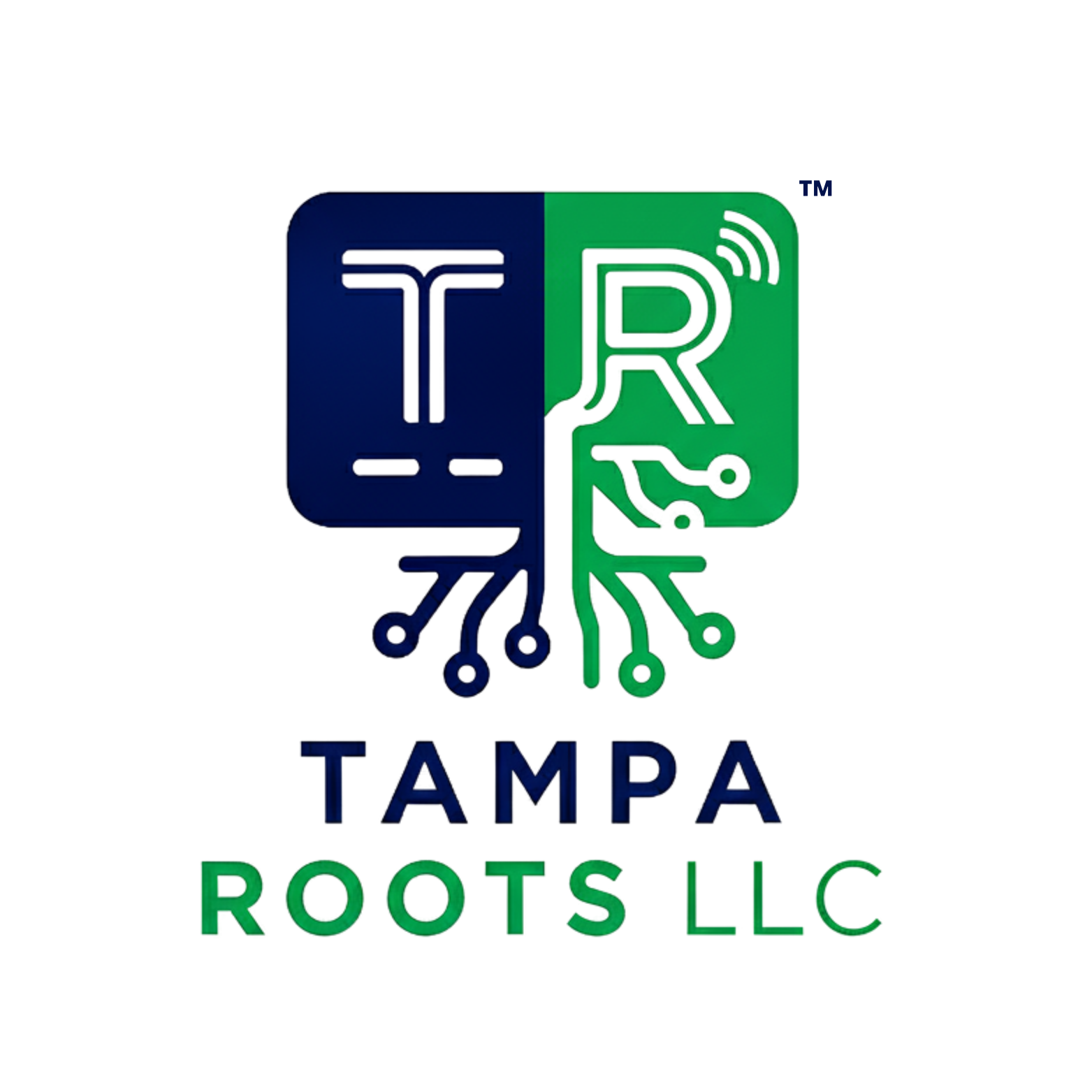Understanding Payment Security: EMV, Tokenization, and PCI Compliance Made Simple

Payment security might seem complex, but understanding the basics can save your business money and protect your customers. Here's a simple guide to the most important security features.
EMV Chip Cards: Your First Line of Defense
EMV (Europay, Mastercard, Visa) chip technology creates a unique transaction code for each purchase, making it nearly impossible to counterfeit cards.
Benefits for your business:
- Liability shift: With EMV processing, you're protected from counterfeit card fraud
- Reduced chargebacks: EMV transactions have 60-80% fewer fraud disputes
- Customer confidence: Customers trust businesses that use modern security
- Lower processing costs: Many processors offer better rates for EMV-compliant businesses
What you need: An EMV-capable terminal and processor that supports chip transactions. Most modern systems include this by default.
Tokenization: Protecting Stored Data
Tokenization replaces sensitive card data with random 'tokens' that are useless if stolen. Think of it as a secure safe deposit box where only authorized systems have the key.
How it works:
- Customer provides card information
- Your system immediately converts it to a random token
- The token is stored instead of real card data
- For future transactions, the token is converted back securely
Business benefits:
- Reduced PCI compliance scope
- Lower risk if your systems are compromised
- Ability to process recurring payments safely
- Customer data protection builds trust
PCI Compliance: Simplified
PCI DSS (Payment Card Industry Data Security Standard) are rules for handling credit card information safely. Think of it as a security checklist for your business.
Key requirements (simplified):
- Use secure networks and systems
- Protect stored card data (or don't store it at all)
- Regularly test security systems
- Maintain access logs and monitoring
- Use strong passwords and access controls
Compliance levels depend on transaction volume:
- Level 4 (under 20,000 Visa transactions annually): Self-assessment questionnaire
- Level 3 (20,000-1 million transactions): Self-assessment + quarterly network scan
- Level 2 (1-6 million transactions): Annual audit + quarterly scan
- Level 1 (over 6 million transactions): Annual on-site audit
Making Compliance Easier
The good news: choosing the right payment processor can handle most compliance requirements automatically.
Look for processors that provide:
- Tokenization to reduce data storage requirements
- Secure hosting that meets PCI requirements
- Regular security updates and monitoring
- Compliance documentation and support
- Network scanning services
Real-World Cost Impact
Proper security isn't just about compliance—it directly impacts your bottom line:
Example: Tampa Restaurant Data Breach
A local restaurant without proper security experienced a data breach:
- $50,000 in forensic investigation costs
- $25,000 in legal fees
- $30,000 in notification and credit monitoring costs
- $75,000 in lost business during recovery
- Total cost: $180,000
The same restaurant could have implemented enterprise-level security for less than $2,000 annually.
Contactless Payments: The New Standard
Contactless payments (tap-to-pay, Apple Pay, Google Pay) are actually more secure than traditional swipe transactions:
- Each transaction uses dynamic encryption
- No card data is shared with the merchant
- Faster transactions reduce fraud opportunities
- Customer preferences increasingly favor contactless options
Red Flags to Avoid
Be wary of payment processors that:
- Don't mention security features prominently
- Offer unusually low rates without explaining security costs
- Can't provide clear compliance documentation
- Don't support modern payment methods
- Have unclear data breach liability policies
Action Steps for Your Business
- Audit your current security setup
- Ensure all terminals support EMV and contactless payments
- Verify your processor provides tokenization
- Complete your appropriate PCI compliance requirements
- Train staff on security best practices
- Review and update security policies annually
The Bottom Line
Payment security doesn't have to be complicated or expensive when you work with the right partner. Tampa Roots provides enterprise-level security features as standard, helping you protect your business and customers while potentially reducing your processing costs.
